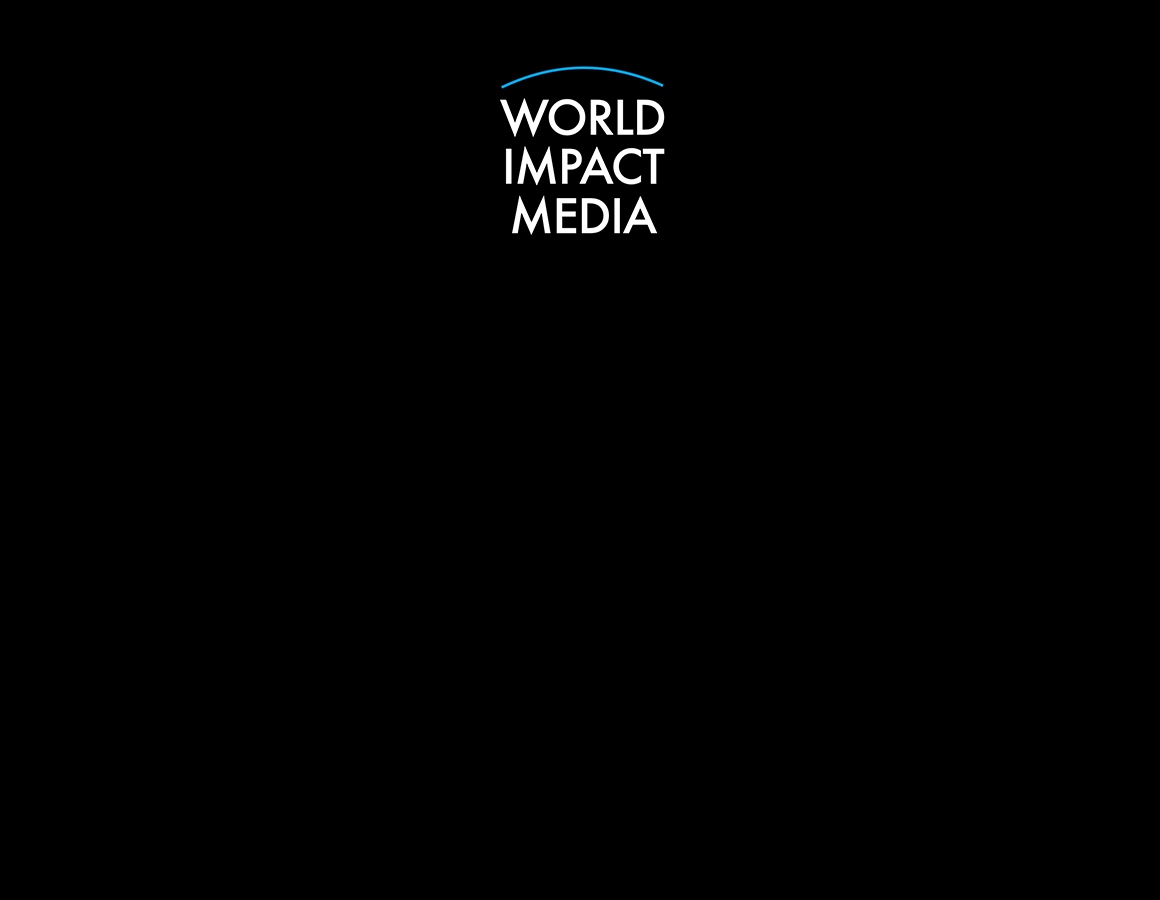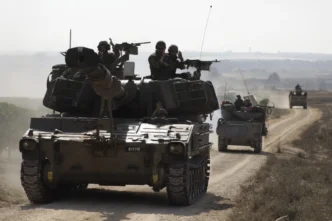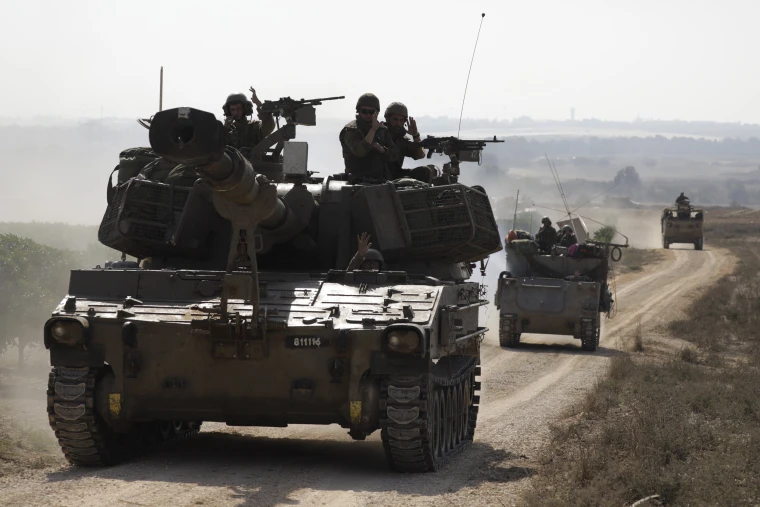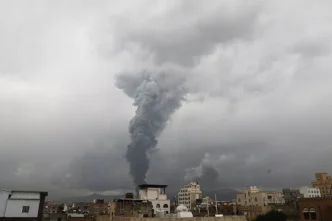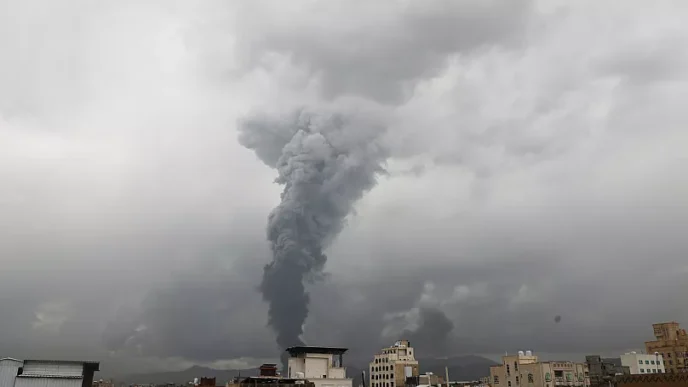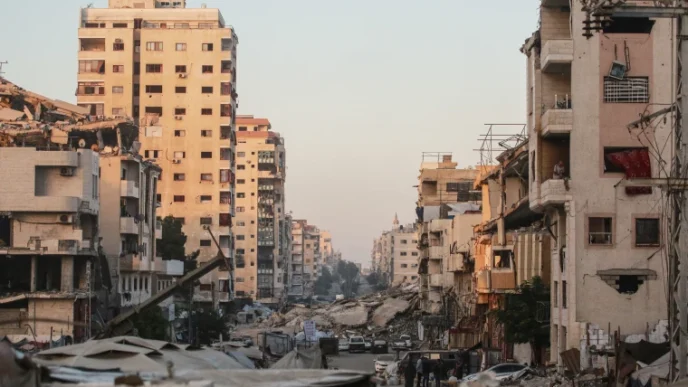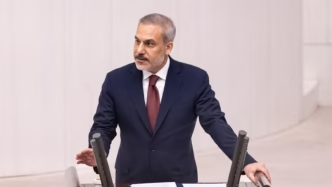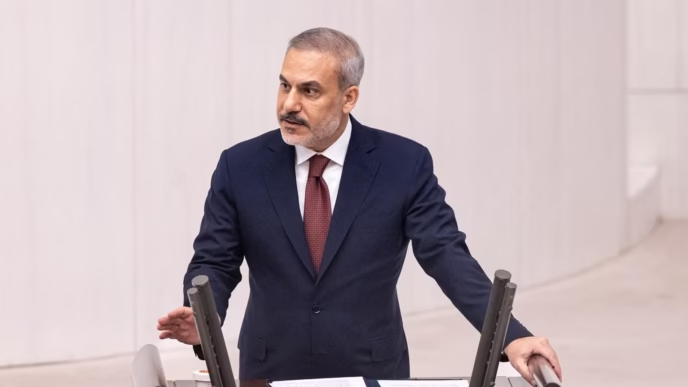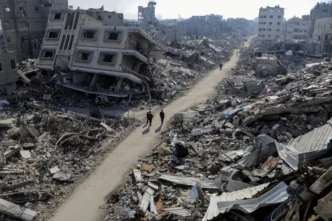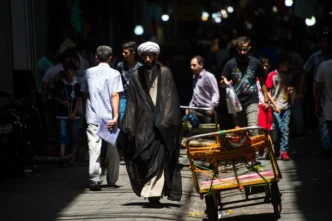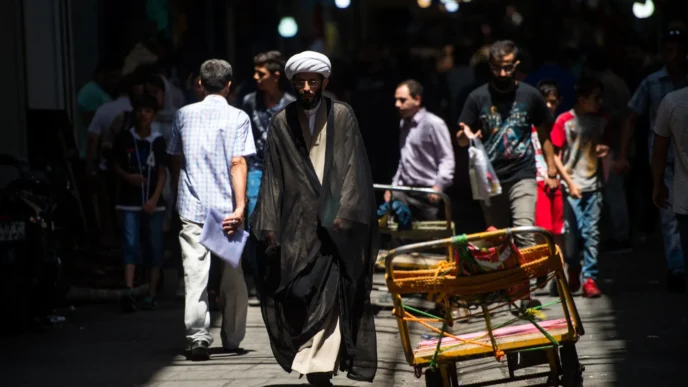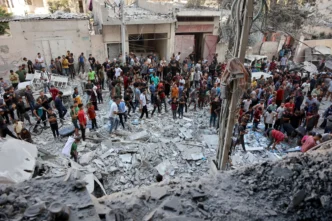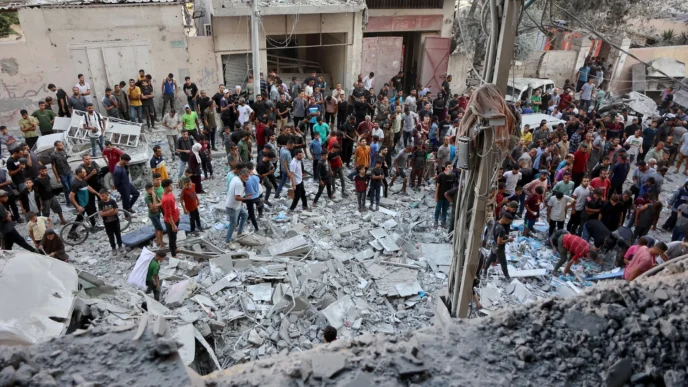Israel signaled readiness to discuss a temporary truce in Gaza but on its own terms, even as its ground forces advanced deeper into Gaza City, the densely populated urban heart of the enclave. The move underscores both the military’s growing control over strategic zones and the complex diplomatic battle over the future of the war.
Military Pressure Meets Diplomatic Maneuvering
Israeli Defense Forces (IDF) have steadily expanded their presence in Gaza, surrounding major neighborhoods and cutting supply lines into the city. Military officials described the advance as the most intense phase yet of the campaign, aimed at dismantling Hamas’ command structure.
At the same time, Israeli leaders have hinted at possible pauses in fighting—but only under conditions that align with their broader military objectives. Prime Minister Benjamin Netanyahu stated that any truce would need to “ensure the return of hostages, preserve Israel’s security, and prevent Hamas from regrouping.”
This carefully calibrated message highlights Israel’s strategy: leveraging battlefield gains to shape terms of any ceasefire, rather than entering negotiations from a position of vulnerability.
Humanitarian Crisis Deepens
Inside Gaza City, residents describe a deteriorating humanitarian situation. Power outages, water shortages, and limited access to medical supplies have pushed hospitals and aid agencies to the brink. Human rights organizations and the United Nations have renewed calls for an immediate humanitarian ceasefire to allow the delivery of food, medicine, and fuel.
The Gaza Health Ministry has reported mounting casualties, though figures remain contested amid the fog of war. With more than a million displaced across the Strip, international agencies warn that the crisis could spiral into a regional destabilization if left unchecked.
International Reactions and Pressure
Global powers remain split on how to respond. The United States has reiterated support for Israel’s right to self-defense, while urging it to minimize civilian harm and open humanitarian corridors. European governments, increasingly under domestic pressure from protests, have pushed for a more balanced truce framework. Meanwhile, regional powers such as Egypt and Qatar continue to mediate, seeking to broker arrangements that would secure humanitarian relief and set terms for a potential prisoner exchange.
Diplomatic insiders suggest that Israel’s insistence on controlling the scope and conditions of a truce complicates negotiations, but also reflects its growing leverage as its troops close in on Gaza City.
Strategic Stakes for Israel
For Israel, Gaza City is not only a symbolic target but a strategic one: Hamas is believed to maintain tunnels, weapons caches, and leadership networks in the area. Military analysts argue that Israel views dominance over the city as essential for any long-term security arrangement.
Still, the risk is high. Urban warfare in Gaza has already drawn comparisons to some of the most grueling conflicts of the modern era. Analysts warn that Israel’s continued push could trigger international backlash if civilian losses rise, undercutting the legitimacy of its operations even as it seeks a favorable truce.
What Lies Ahead
The coming weeks will likely test the balance between Israel’s battlefield momentum and international pressure for restraint. If Israel can secure hostages or dismantle key Hamas strongholds, it may dictate the framework of a truce. If humanitarian conditions worsen further, however, the pressure for an unconditional ceasefire may grow irresistible.
For now, the conflict remains locked in a deadly cycle: military escalation on the ground, coupled with diplomatic sparring over what peace—or even pause—might look like.
